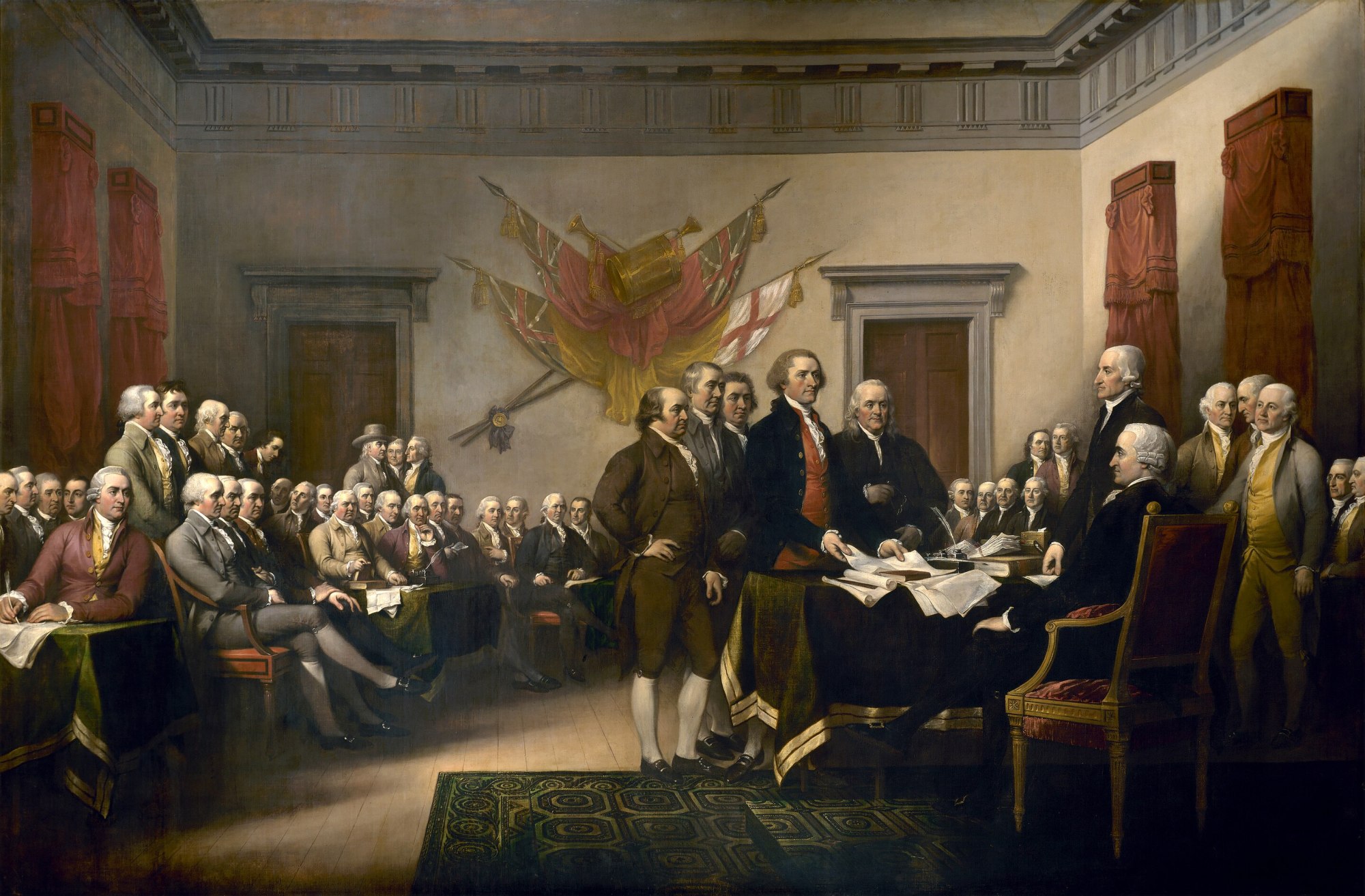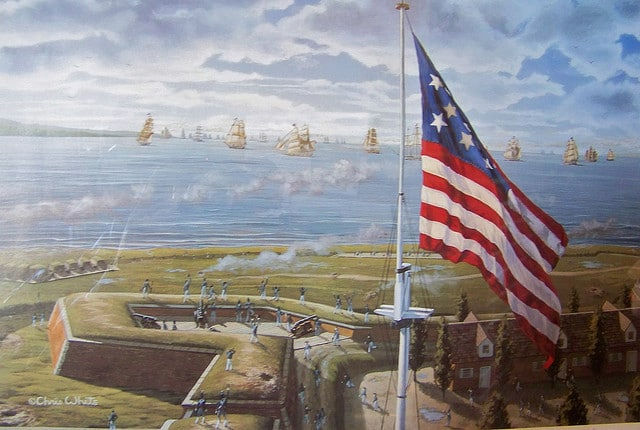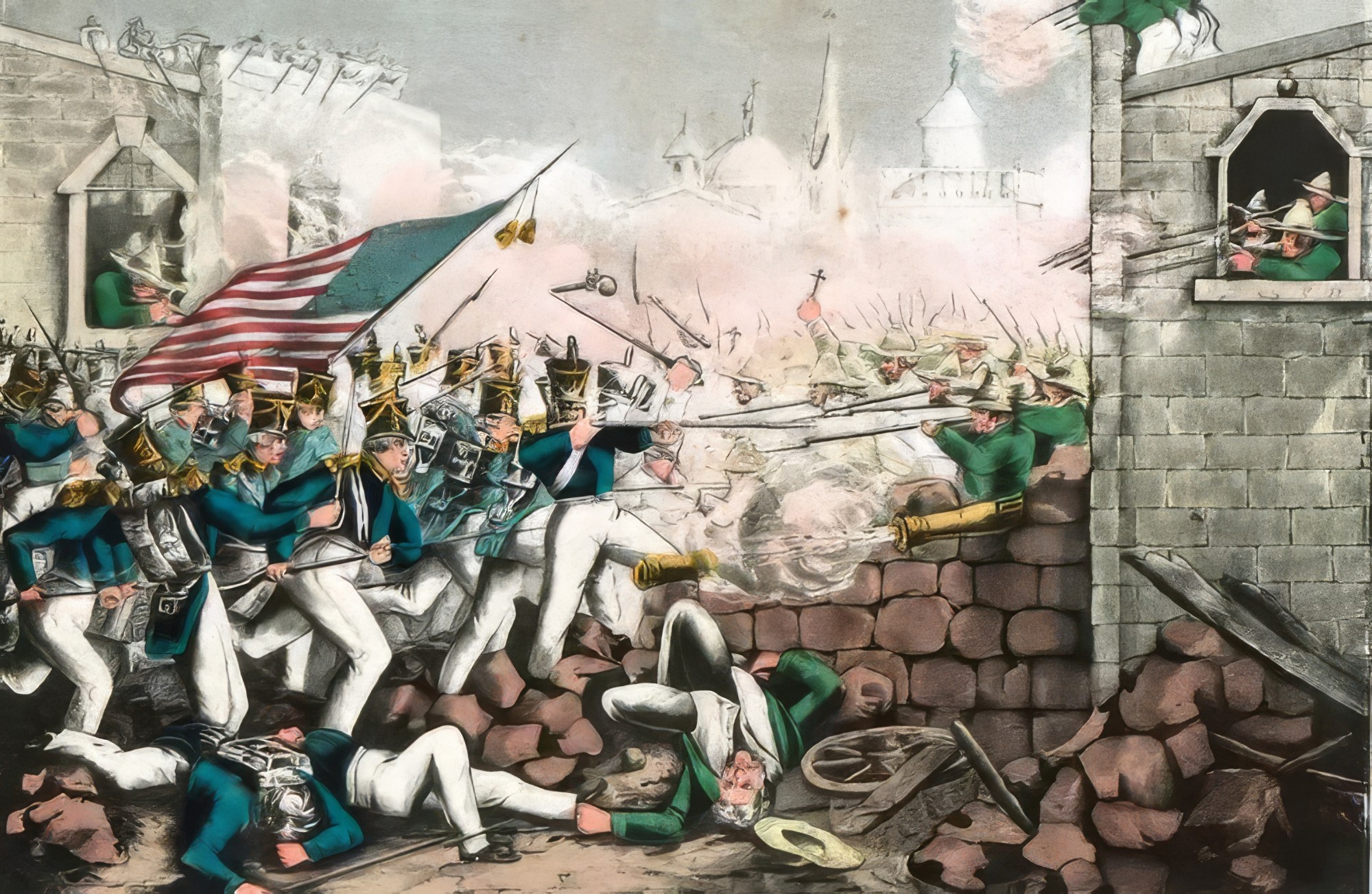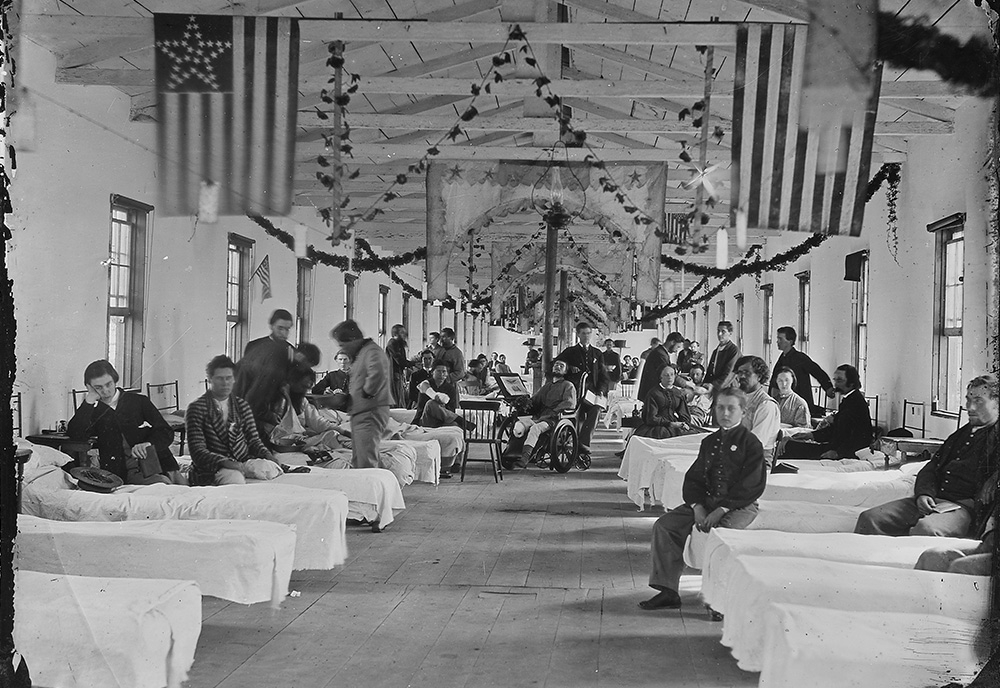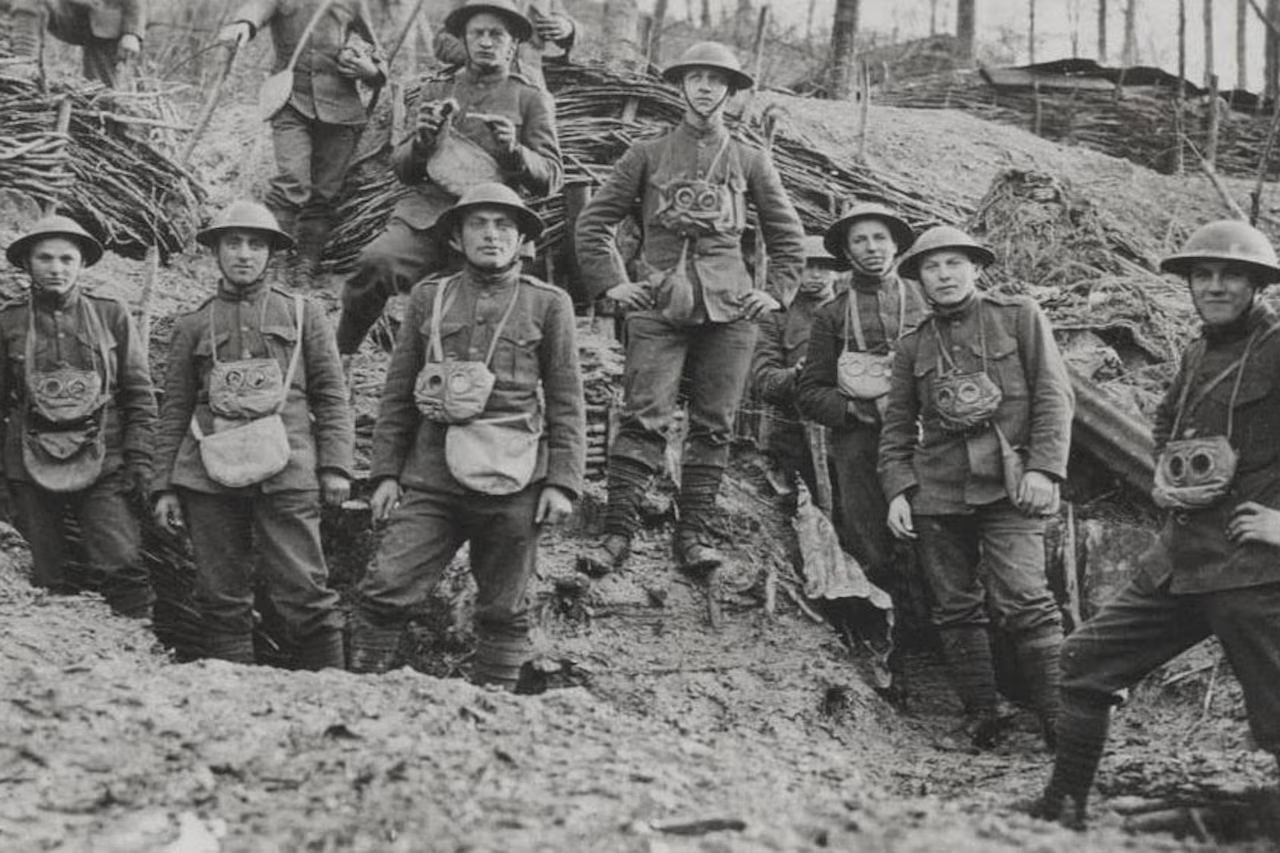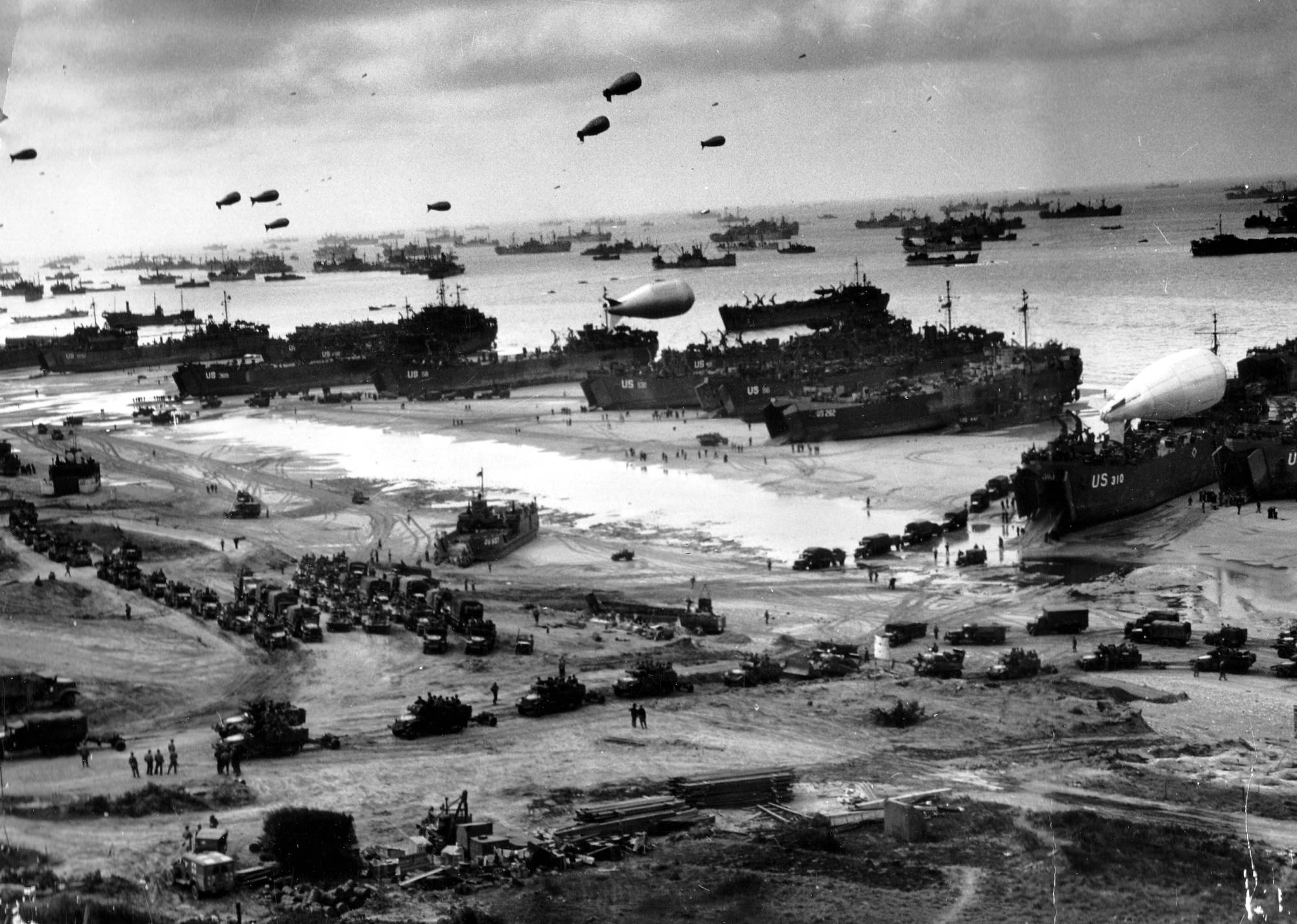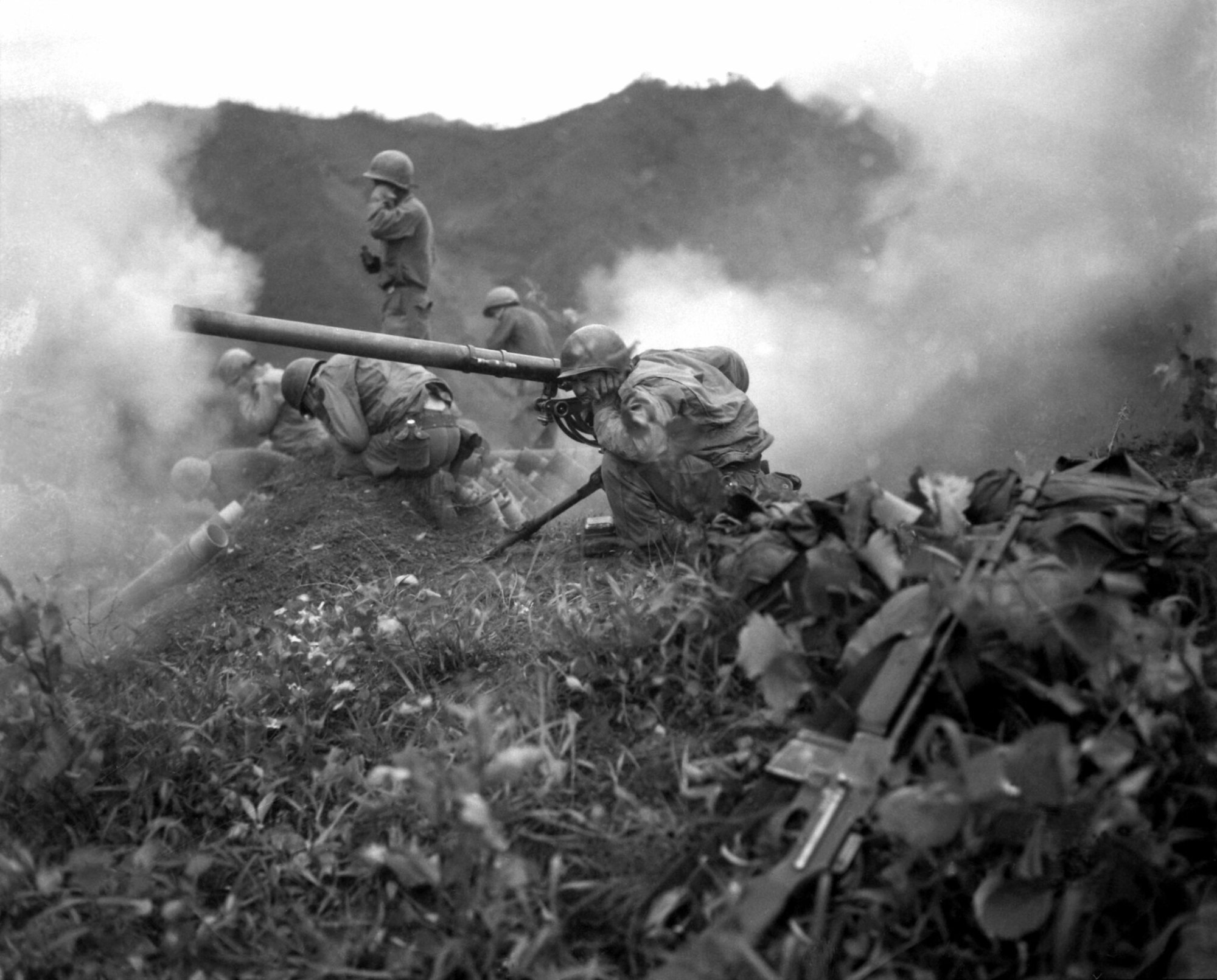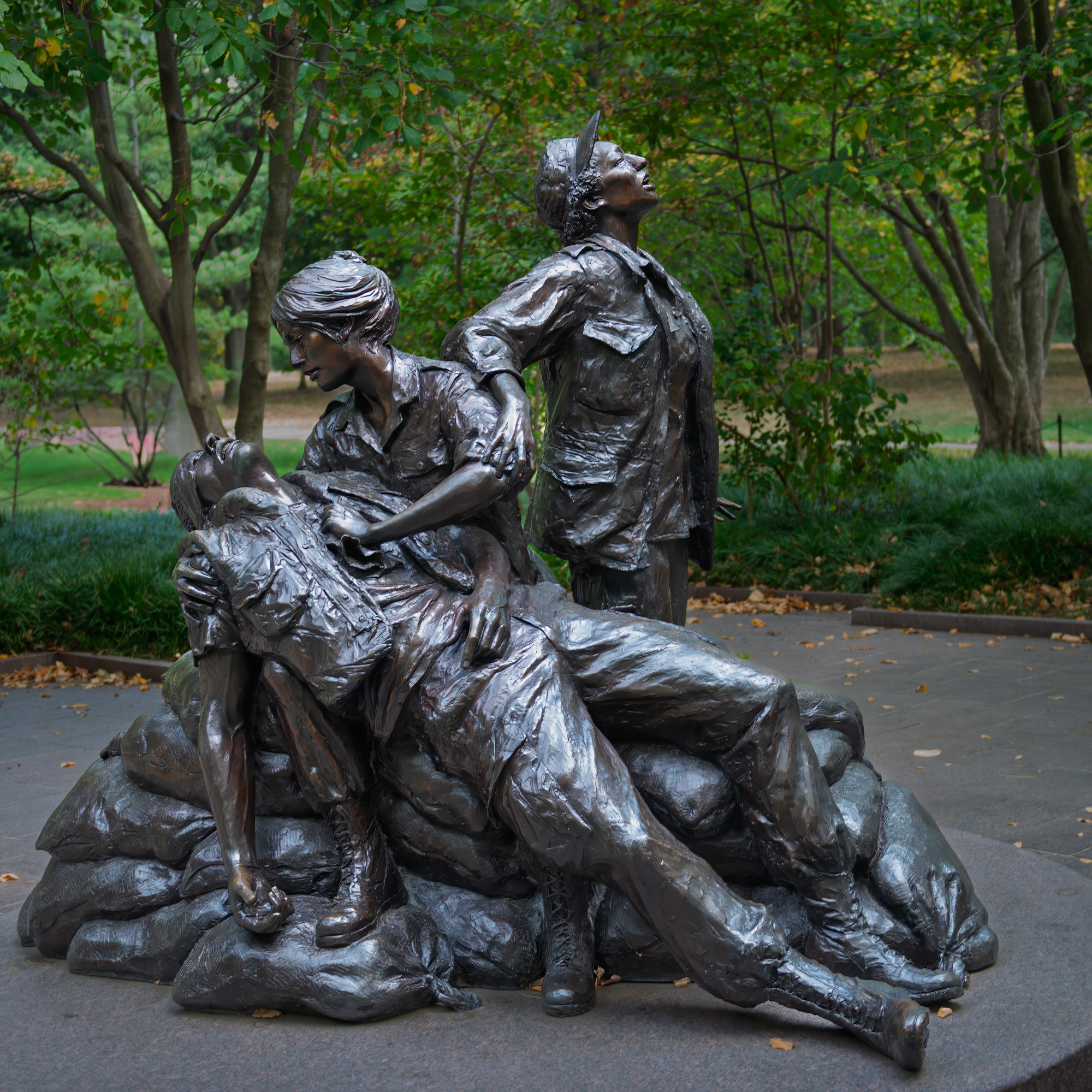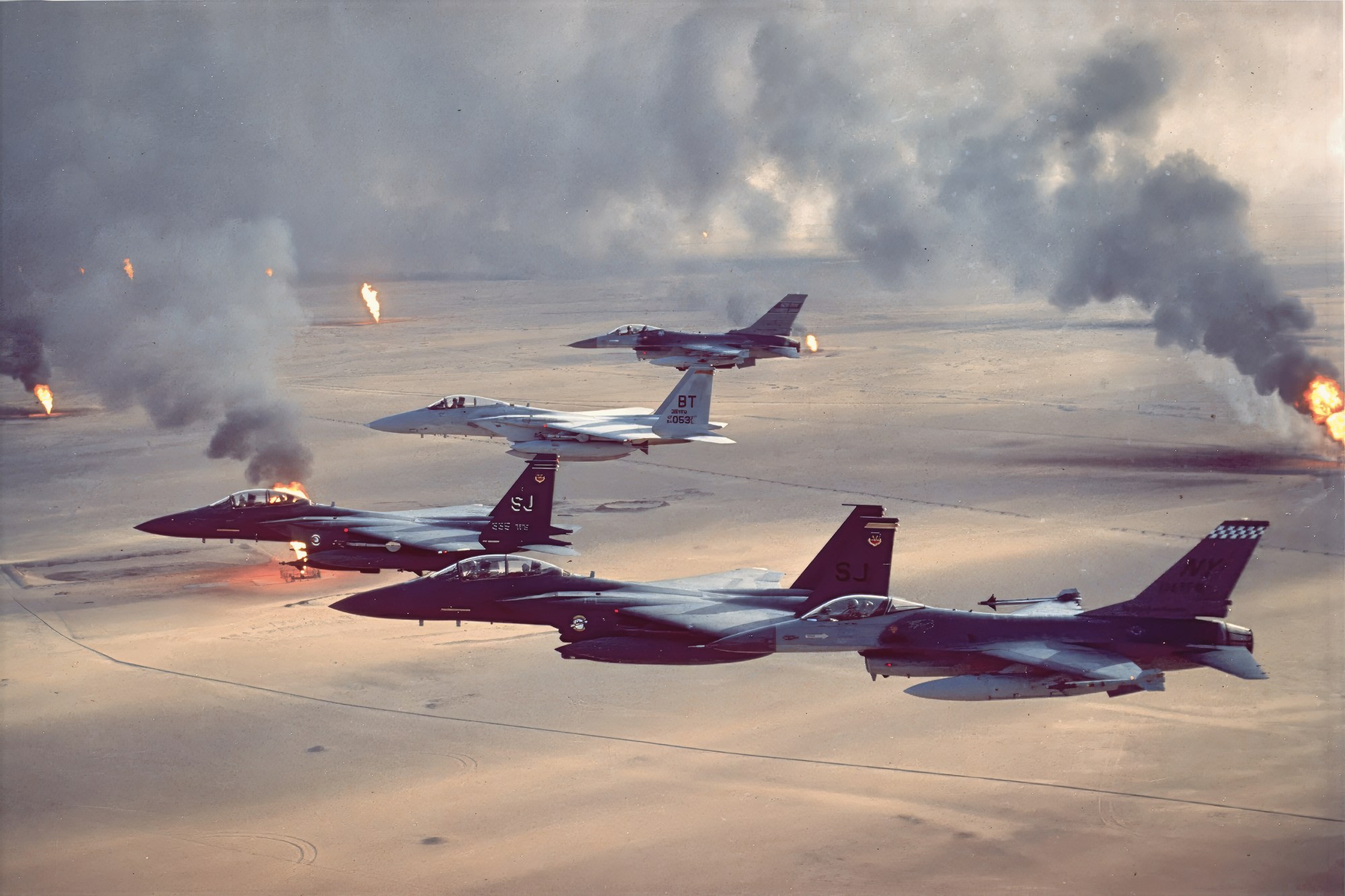The Korean War began in 1950, when North Korean forces, backed by the Soviet Union and China, crossed the 38th parallel into South Korea, aiming to reunify the peninsula under communist control. The United Nations, led mainly by the United States, responded quickly to South Korea’s call for help, assembling a multinational force to push back the invasion. Early battles were hard-fought, with South Korean and UN troops retreating until a bold counteroffensive at Inchon turned the tide. The conflict quickly escalated, with Chinese forces joining the war and driving UN troops back, resulting in a series of back-and-forth battles across the Korean peninsula.
Though the United States played a major role in leading the UN coalition, the effort depended on support and contributions from many other nations, including the United Kingdom, Canada, Australia, and Turkey, among others. South Korean forces, who bore the brunt of the conflict on their soil, fought valiantly to defend their homeland. For three years, the war’s bloody stalemates, like those near the 38th parallel, claimed the lives of millions of soldiers and civilians alike. While an armistice in 1953 brought an uneasy ceasefire, it did not bring peace or reunification. The Korean War ended with Korea still divided, the Demilitarized Zone firmly in place, and the legacy of a conflict that shaped the Cold War era and still influences global politics today.





